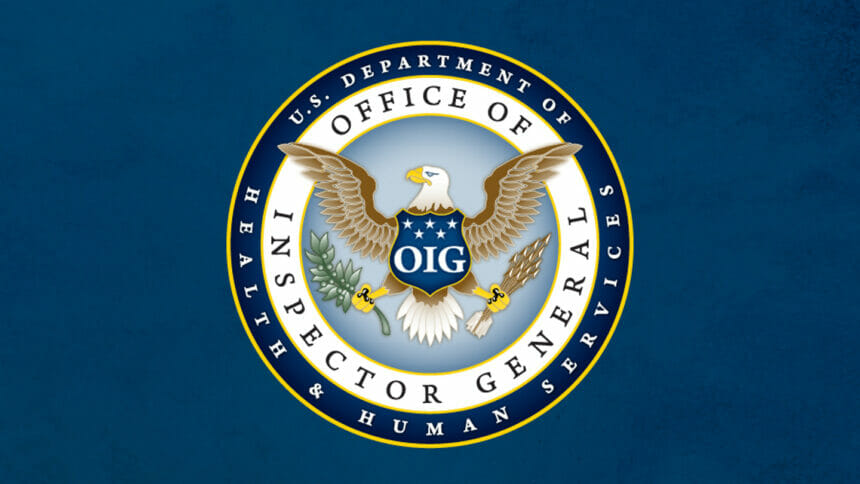
More than three-quarters of US nursing homes in areas at high risk for natural disasters face significant challenges in preparing for them, estimates a new federal report issued early Wednesday.
The report used surveys with nursing home leaders to identify ongoing concerns, many of them often in play even when a facility has met the technical requirements for emergency preparedness outlined by the Centers for Medicare & Medicaid Services.
Among the biggest concerns for providers in areas likely to be affected by weather-related hazards are finding enough staff to enact a plan, securing transportation for residents, and accessing resources needed to make their planning efforts robust and realistic.
The report was issued by the Department of Health and Human Services’ Office of Inspector General and reviewed in advance by McKnight’s Long-Term Care News. It expands on the watchdog’s previous efforts to warn about emergency preparedness in skilled nursing facilities, but this time the agency asked providers to share their experiences outside of a compliance review.
“Some of the challenges that we highlight in this report are not new — they’re things we’ve heard over and over again throughout the years,” Petra Nealy, deputy regional inspector general for the Office of Evaluation and Inspection, told McKnight’s.
“CMS has definitely stepped up regulation to include more specific requirements in emergency plans and training,” she added. “There definitely has been action taken to address some of these issues, but there’s still these underlying challenges that nursing homes still struggle with.”
The report was part of the OIG’s ongoing focus on nursing homes and their increasingly vulnerable patient mix, said Dallas-based OIG team leader and co-author Ben Gaddis. No similar studies are being conducted to assess readiness at other healthcare settings, he added.
Nursing homes miss out
Gaddis and Nealy also noted that nursing homes themselves have often complained about being left out of local and state emergency planning efforts, and those complaints were underscored by the latest study. The team noted that hospitals, especially, are intricately involved in local planning because they are a needed resource for a community hit by disaster.
Nursing homes, meanwhile, complained that they had trouble reaching would-be partners, both to help them educate their staff and run drills, and in a true emergency when they need help.
For the report, the OIG surveyed 199 nursing homes located in geographic areas rated by the Federal Emergency Management Agency as being at very high or relatively high risk for natural hazards ranging from fires to hurricanes. Just fewer than 170 responded and rated how challenging they found each of 49 preparedness activities across multiple categories.
Some 77% called at least one of the 49 activities a “major” or “moderate” challenge, with another 20% citing a “minor challenge.
Those widespread complaints came even though only 24% of facilities were cited for emergency prep violations.
Staffing yet again a major focal point
An estimated 62% of nursing homes reported at least one challenge related to staffing during emergencies, while an estimated 50% reported challenges with transporting residents, 44% had infection control concerns and 39% reported barriers working with facilities meant to receive their patients in an emergency.
While the report did not call on any agency to enact specific changes to emergency planning requirements, the authors did note that more facilities should tap into Health Care Coalitions, groups of local healthcare and first-responder organizations that work to improve community emergency responses.
The OIG also reiterated its earlier calls for the federal government to bolster infection control training and improve staffing conditions in nursing homes.
“The most commonly reported challenges were receiving commitments from enough staff to assist with evacuations and mitigating or addressing staff burnout in the event of an emergency,” the report stated. “Nursing homes explained that some of the challenges associated with emergencies were rooted in broader staffing shortages that existed year-round and were compounded by the COVID-19 pandemic. … These underlying staffing challenges raise concerns about how nursing homes will be able to effectively respond to an emergency.”




